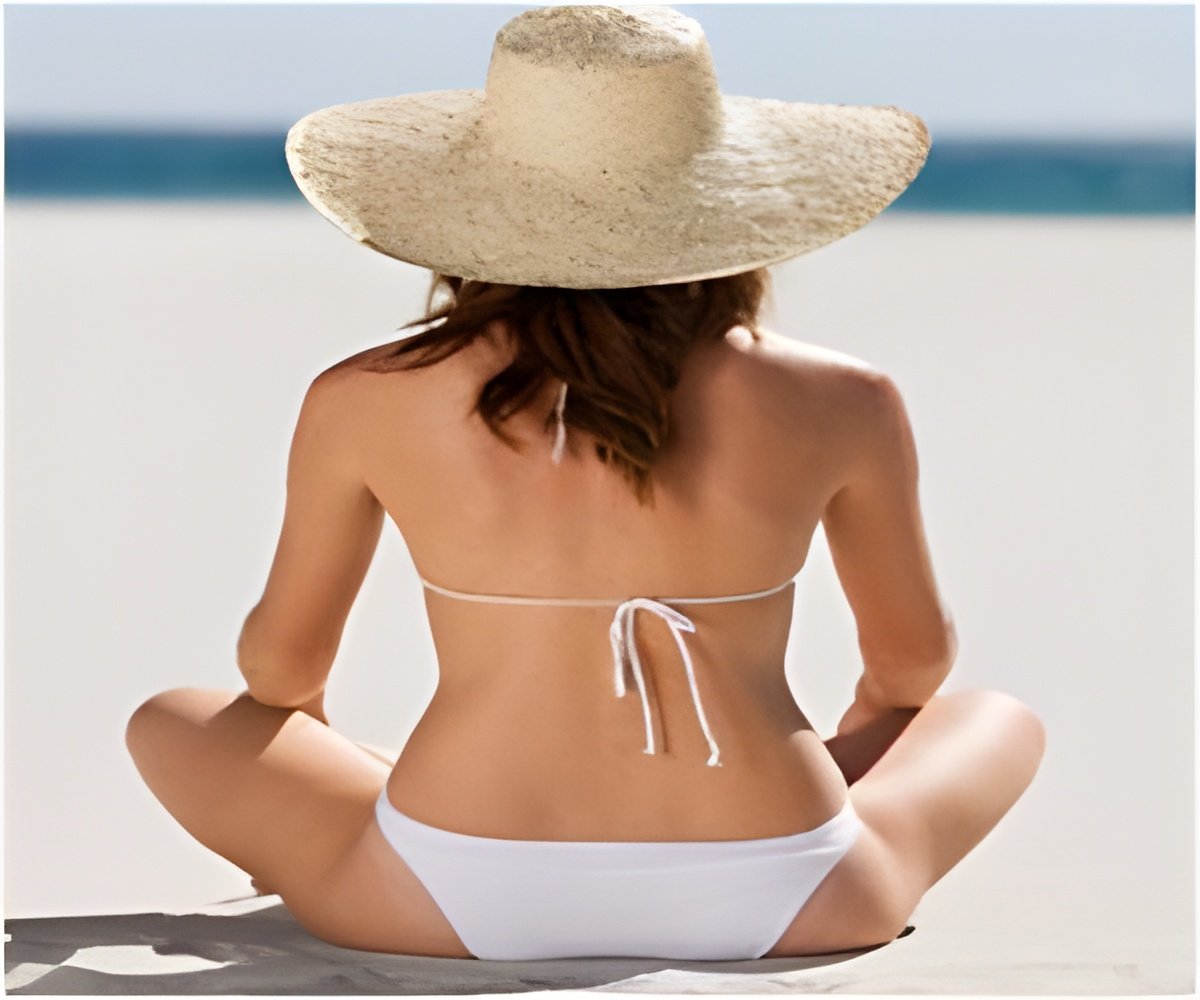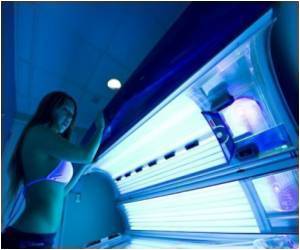
On a recent day in Santiago, a building site foreman sounded a whistle that made a dozen workers stop what they were doing amid steel, cement and cranes. Only after rubbing sunscreen on to exposed flesh did they return to work.
Chile is one of the countries in South America most deeply endangered by UV light, especially in its northern regions, where the sign beats down hard throughout the year.
Chilean law requires employers to inform their workers daily about UV levels. They also are required to provide them with protection, such as hats, sunglasses and sunscreen if they work in the sun.
A sign at the entrance of one job site warns about extreme UV levels, compelling Jonathan Fernandez, a risk prevention expert, to urge workers to apply sun cream.
"The important thing is to create awareness among the workers to break the stereotype that sunscreens are only for women and visits to the beach," Fernandez told AFP.
Advertisement
Cecilia Orlandi, a consulting dermatologist at the National Cancer Corporation, told AFP that "the main problem is that people are unaware their skin receives ultraviolet radiation throughout the year, especially in summer, and that the doses are cumulative."
Advertisement
At current rates, when the sun is at its highest point, only five to 10 minutes of unprotected exposure during the peak hours of radiation (between 11:00 am and 4:00 pm) can produce a skin burn.
This season, solar radiation is averaging 10 percent higher than the same period in 2008.
"We could see in late September that UV radiation was higher than previous years," Ernesto Gramsch, a University of Santiago physicist who heads the National Network for Ultraviolet Measurements, told AFP.
"We think that a roughly one percent reduction in the density of ozone is what made the levels rise," Gramsch said.
The ozone layer protects the earth and its atmosphere from the sun's potentially harmful ultraviolet light. Pollution is blamed for causing the ozone layer to dissipate.
The thinning ozone layer is directly related to increases in Chile's skin cancer cases, which have risen by 106 percent in the past decade. In 2009, 213 Chileans died from skin cancer blamed on exposure to the sun.
Chile's vulnerability has led the country to become a pioneer in innovations to prevent the sun's harmful effects.
One innovation are the special warning lights called "solmaforos" -- a term combining the Spanish words for "sun" and "traffic light."
Their ability to measure ultraviolet radiation prompted Chileans to install them at popular resorts and on tour rides. They also are found commonly in mining operations and at construction sites.
Gramsch makes some of the devices in a small workshop in Santiago. A color code built into them illuminates a green light when radiation levels are "low;" yellow when the risk is "medium;" red when the ultraviolet light is "dangerous;" and purple when it is "extreme."
"An electronic circuit amplifies the signal, separates it and illuminates the corresponding light," Gramsch told AFP. He has sold about 200 of the units and exported them to countries such as Spain, Peru, Colombia and Mexico.
Source-AFP














